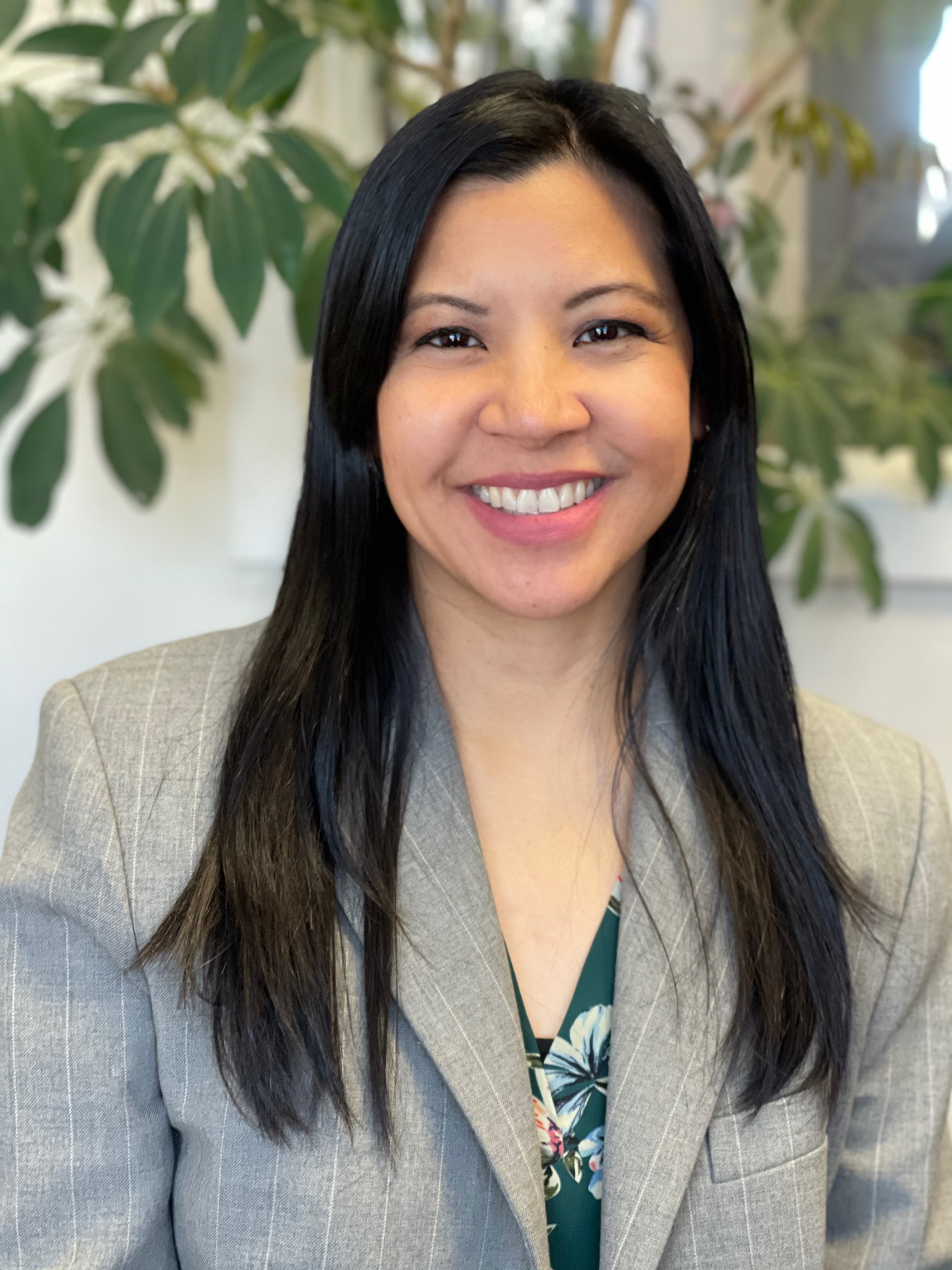Making Sense with Sensors
,
Colorado Convention Center, Bluebird Ballroom Lobby, Table 33
Presenters


Session description
Purpose & objective
The objective of this poster is to share the ways in which teacher can introduce students to physical computing with the help of sensors.
We will share the scope and sequence of our lesson plans and unit.
Key Points:
- Sensors are devices that detect and respond to changes in their environment.
- Different types of sensors include light sensors, temperature sensors, proximity sensors, and motion sensors.
- Sensors play an important role in robotics and AI by providing data which is used to make decisions and enable the machines to interact with their surroundings.
- Examples of sensor applications in robotics include obstacle detection, line following, and object recognition.
- Examples of sensor applications in AI include facial recognition, voice recognition, and environmental monitoring.
- Students will code the sensors using the micro:bit to create
Some student project examples
- Creative interactive display to showcase the importance of insects. (micro:bit)
- Using an alcohol sensor to detect ethanol production during fermentation
(rasberry:pi)
- Humidity sensor to detect floods (micro:bit)
-Voice recognition App (MIT App inventor)
Outline
Students will share their projects and how they created them
Teachers will share the lesson plans and scope and sequence
Participants can interact with the projects models.
Presenters will share tips and trick.
Supporting research
https://microbit.org/teach/topics/selection-and-sensors/
https://www.colorado.edu/program/schoolwide-labs/programmable-sensor-integrated-storyline-units
https://microbit.hackster.io/projects?sort=popular&topic_id=5261
"Tekniverse: Towards a connected future for sensors, education, and ...." 27 Jun. 2022, https://dl.acm.org/doi/10.1145/3501712.3535291.
Session specifications
Facilitator
- Create learning opportunities that challenge students to use a design process and computational thinking to innovate and solve problems.
Computational Thinker
- Students collect data or identify relevant data sets, use digital tools to analyze them, and represent data in various ways to facilitate problem-solving and decision-making.
- Students choose the appropriate platforms and tools for meeting the desired objectives of their creation or communication.
 Return
Return Participate and share: Poster
Participate and share: Poster  Trips and Tours
Trips and Tours